Description
Akai MPK Mini MK3 is a compact, powerful, and versatile MIDI controller that is designed to help you create music effortlessly. It is an upgrade to the MPK Mini MK2, which has been widely used by musicians all around the world, and it comes with features that are geared towards making music production more seamless and enjoyable.
Design and Build Quality
The Akai MPK Mini MK3 has a sleek and compact design that makes it easy to carry around. It measures 12.5 x 7.1 x 1.8 inches and weighs only 1.65 lbs, making it one of the most portable MIDI controllers available in the market. It is constructed using high-quality materials that give it a solid feel, and the black and white color scheme gives it a modern and stylish look.
The device features 25 velocity-sensitive synth-action keys, eight backlit MPC-style drum pads, eight knobs, four-way thumbstick, and octave up and down buttons. This layout is optimal for music creators who want a highly functional and minimalistic setup.
The knobs are designed to have a smooth response when adjusted, and the drum pads are designed to be responsive, ensuring that the musician captures every nuance in their performance. The four-way thumbstick allows for pitch and modulation control, as well as navigating the DAW.
Connectivity
The Akai MPK Mini MK3 is a plug-and-play device that does not require any drivers to operate, making it easy to use with any DAW. It comes with a USB cable that connects to your computer, and it is compatible with Mac and PC.
In addition, the MPK Mini MK3 also features a MIDI output, which allows you to control external MIDI devices such as drum machines, synthesizers, and hardware sequencers.
Software
The Akai MPK Mini MK3 comes with a comprehensive software bundle that includes some of the most popular music production software, including MPC Beats, AIR Music Tech Hybrid 3, and SONiVOX Wobble. MPC Beats is a digital audio workstation with 16 MIDI tracks and 4 audio tracks, while AIR Music Tech Hybrid 3 is a virtual instrument plugin with over 1200 sounds. SONiVOX Wobble is a dubstep bass plugin that includes over 200 custom presets.
You also get access to the Akai VIP software, which allows you to customize your MIDI assignments, and the Avid Pro Tools First software, which is a free version of the industry-standard Pro Tools DAW.
Conclusion
The Akai MPK Mini MK3 is a powerful and compact MIDI controller that is packed with features designed to streamline the music production process. It is a perfect tool for musicians who want a portable and highly functional MIDI device, with a stylish design and solid build quality. Its comprehensive software bundle is ideal for beginners and professionals alike, and it offers a wide range of soundscapes and sound options. It is an excellent tool for producing high-quality music effortlessly, making it a must-have device in any music production setup.
Akai MPK Mini MK3 properties
| Product name | MPK Mini MK3 |
| Brand | Akai |
| Type | Keyboard Instruments |
| Keyboard Instrument | MIDI Keyboard |
| Keys | Yes |
| Number of Keys | 25 pcs |
| Key Functions | Touch Sensitive |
| Pads | Yes |
| Rotary Controls | Yes |
| Connections | 6.3mm (1/4″RTS) In, USB |
| Colour | Black, Red, White |
| Power Supply | USB |
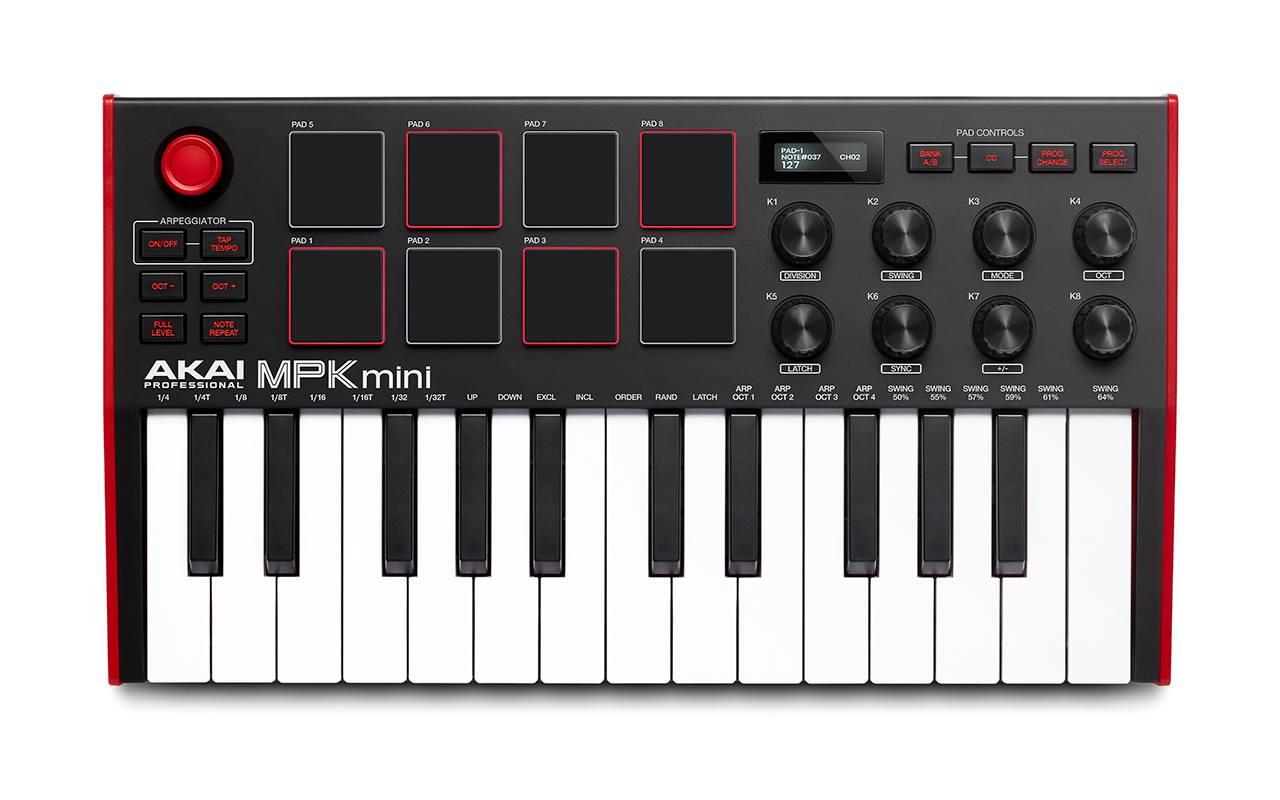


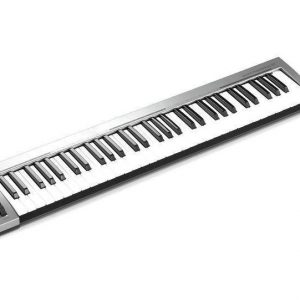
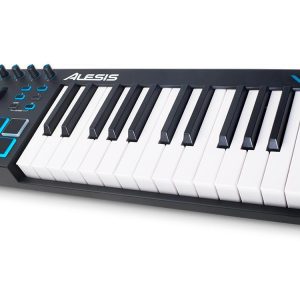
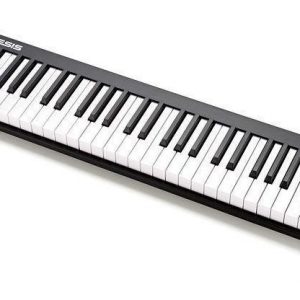
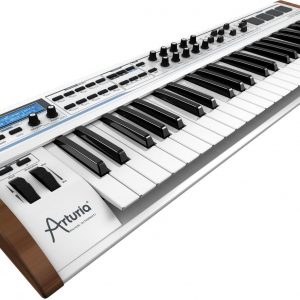
Kyler –
Hey, I’m Kyler and I recently got my hands on the Akai MPK Mini MK3. My experience with this MIDI keyboard has been quite underwhelming, and I would rate it 2 stars out of 5.
One of the positives is that the USB connection is solid and reliable. I haven’t had any issues with it disconnecting or dropping signal during use. However, there are some major downsides as well. Firstly, the Yes Rotary Controls are not very responsive and feel quite cheap. They are also quite small which can make it difficult to make precise adjustments.
In terms of comparison with other MIDI keyboards in this price range, I must say I was disappointed. The MPK Mini MK3 is quite basic and lacks many features that other MIDI controllers provide within the same price point. For example, the lack of full-sized keys can be frustrating for someone who is used to it or planning to upgrade their skills, as it becomes difficult to do that. Additionally, the drum pads are not very sensitive and require quite a bit of force to get the sound you are looking for.
Overall, I wouldn’t recommend the Akai MPK Mini MK3 to someone who is looking for a MIDI keyboard with more advanced features. It’s a decent starter keyboard for someone who is just getting into music production and doesn’t want to spend a lot of money. But for someone who is looking for a more versatile MIDI controller, I would suggest looking elsewhere.